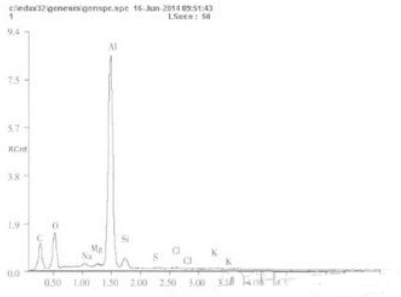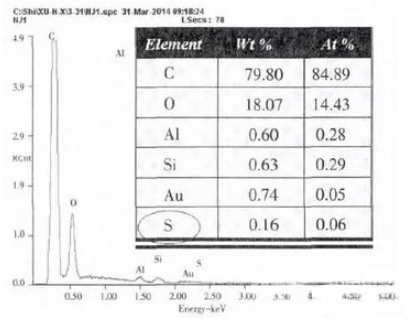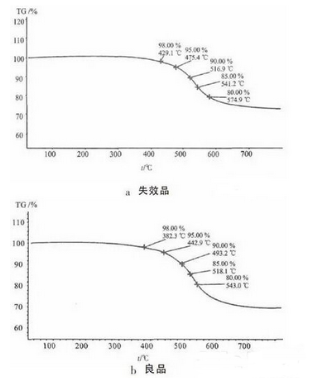The reliability of LED products is increasingly receiving the attention of manufacturers and users. The quality of the LED lamp bead, which is the basic component of the product, directly affects the reliability of the finished LED product. In practical applications, the malfunction or even complete failure of the finished product due to the failure of the LED lamp bead often occurs. In recent years, a series of reliability problems such as color temperature drift, reduced lumens, and poor light output have been increasing due to discoloration of lamp beads, which has caused serious economic losses to many LED product manufacturers and users.
This article analyzes the root cause of the discoloration failure of LED lamp beads through several LED lamp bead failure cases.
Encapsulation reason
(1) Residual foreign matter in the encapsulant
The appearance of the failed lamp bead is partially discolored and blackened. Uncovering the encapsulant, it was found that a black foreign matter was trapped in the encapsulant. The composition of the foreign matter was analyzed by scanning electron microscopy and energy dispersive spectroscopy (SEM & EDS) [5-6], confirming that the main components were aluminum (Al) and carbon (C). ), oxygen (O) element, also contains a small amount of impurity elements, the test results are shown below. Combined with the failure background of user feedback, the foreign matter is introduced during the packaging process.

(2) The encapsulant is chemically eroded to produce colloidal discoloration
The failure product is a glass tube lamp, and the internal LED lamp strip is fixed on the glass tube by using a one-component room temperature curing silicone rubber, and the LED lamp bead on the lamp strip of the solid glue portion appears yellowish and dark. The material of the failed lamp bead is silicone rubber. The elemental composition of the encapsulant was tested by SEM&EDS. It was found that it had more sulfur (S) elements than the normal lamp bead package. The test results are shown in the figure below.

Generally, sulfur-containing substances such as sulfur, organic disulfides and polysulfides can be used as a vulcanizing agent to cause a vulcanization crosslinking reaction of the rubber, thereby changing the structure of the rubber, exhibiting a yellowish color and a darkening temperature. .
Through the thermal decomposition temperature of the TGA test lamp encapsulation colloid, the temperature of the failed lamp bead package at the weight loss of 2%, 5%, 10%, 15% and 20% is the same as the weight loss of the same batch of good package. Above 25 °C, the thermal decomposition curve of the encapsulant is shown in the figure below, which confirms that the thermal decomposition temperature of the encapsulant is increased due to vulcanization cross-linking. Chemical composition analysis of the immobilized one-component cured silicone rubber was further carried out using ICPOES, and it was found to contain about 400 ppm of sulfur (S) element.

It can be seen that the reason why the LED lamp beads turn yellow and dark is that the sulfur-containing (S) gas volatilized during the curing process of the one-component room temperature curing silicone rubber adhered and fixed in the glass lamp tube intrudes into the LED package rubber. , the vulcanization cross-linking reaction occurs in the encapsulant, and the re-vulcanization cross-linking causes the encapsulant to turn yellow and dark. Subsequent users switched to plastic tubes that did not use one-component cured silicone rubber, and there was no discoloration of the lamp beads. Therefore, LED manufacturers should consider the matching of different materials used in each part of the product in product design and manufacturing, and avoid the subsequent reliability problems caused by material incompatibility.
Cat6 Sftp Cable,Rj45 Tools,Professional Network Rj45 Tools
Dongguan Bofan technology Co., LTD , https://www.pengliandz.com
